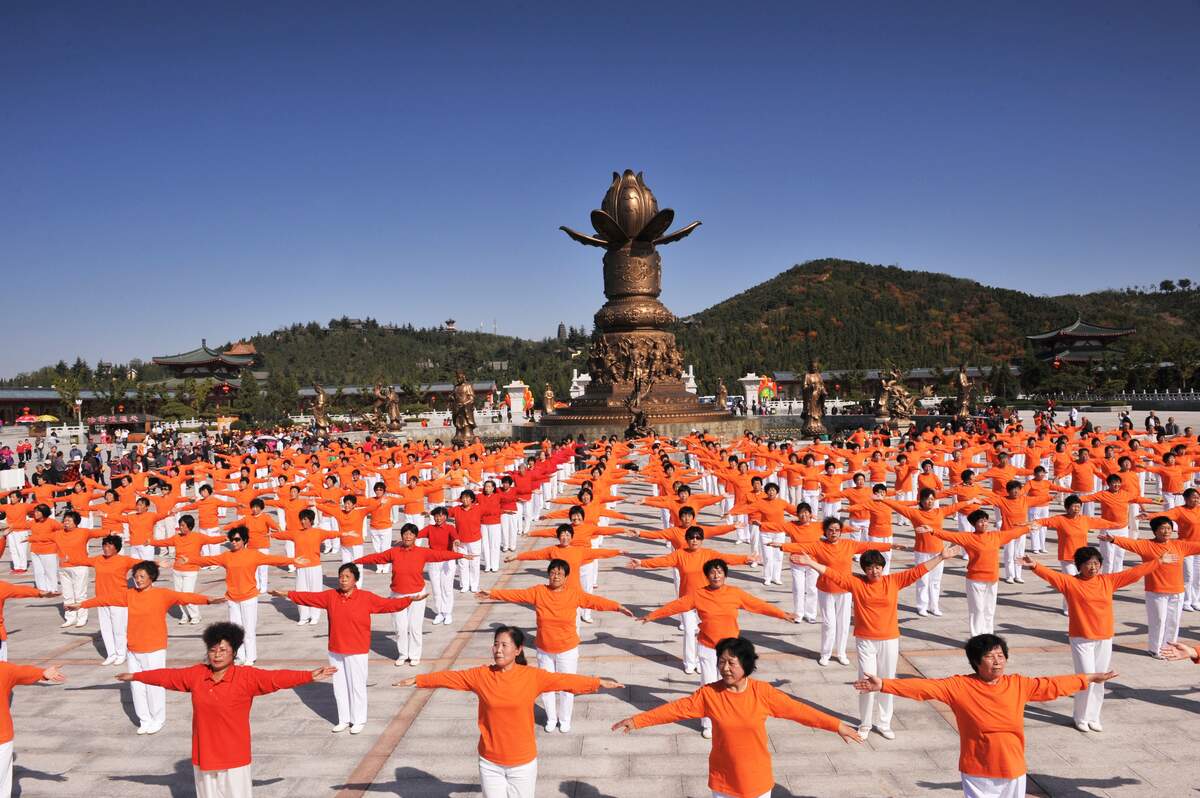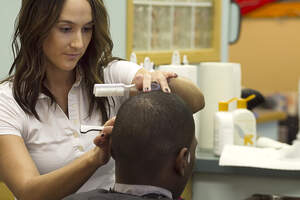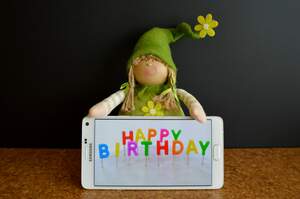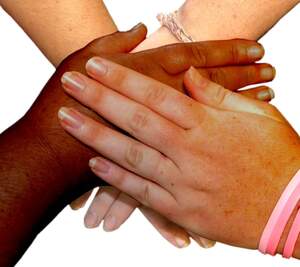

National Square Dance Day
Also known as
Square Dance Day
Observed
annually on November 29th
Dates
Hashtags
Sources
http://www.dancefacts.net/dance-list/square-dance/
https://www.history.com/news/square-dancing-a-swinging-history
https://www.holidayinsights.com/other/squaredanceday.htm
https://www.smithsonianmag.com/smart-news/square-dancing-uniquely-american-180967329/
https://www.worldnationaldays.com/national-square-dance-day/
Swing your partner and do-si-do, it's National Square Dance Day! Today we celebrate square dancing, which is the official state dance in many states. It is a choreographed dance where four dance couples are arranged in a square formation and face the square's center. Circle formations are also common. It has gone through many changes over the centuries and has been particularly popular in France, Germany, Italy, and Spain. Its popularity in the United States has waxed and waned over the past few centuries.
Square dancing started in England in the seventeenth century. Its creation was influenced by a few European dances. One was the Morris dance, which dates to about the beginning of the seventeenth century. In England around 1600, six teams of trained male dancers began performing this choreographed dance. This inspired the creation of English country dance, where couples line up and weave, circle, and swing in a way that is reminiscent of square dancing. Later, the quadrille and cotillion dances, practiced in squares by couples in France in the eighteenth century, also influenced square dancing. In addition, folk dances from Scotland, Scandinavia, and Spain also may have influenced square dancing.
Folk and popular dance were brought to the American colonies by Europeans, including early versions of square dancing. Square dancing was brought by settlers from England, Ireland, and Scotland. Following the American Revolution, French dancing styles were particularly popular in America, as British influences were largely being avoided. In fact, various words used in square dancing come from France: promenade, allemande, and do-si-do, which is a corruption of the word dos-à-dos, which means "back-to-back."
In addition to being influenced by European dances, square dancing in America was also influenced by African American and Native American dance forms. In the nineteenth century, slaves were often used as the "callers," who helped participants stay in step. Callers control the dance by calling out new sets of moves. Slave callers often brought their own steps and songs to the dance, while slave musicians often performed and sometimes wrote the music that was danced to. Some African Americans adopted these square dances for their own.
Square dancing was popular in America in the nineteenth century, especially in the latter decades of the century, and particularly in Appalachia. It fell out of favor when polkas and waltzes came to prominence late in the century, supplanting group dancing in urban ballrooms. Then, in the earlier decades of the twentieth century, jazz and swing music swept the country, and eroded even more of square dancing's popularity.
Still, square dancing did not completely vanish. In 1920, Henry Ford, who thought that the dance helped foster genteel manners, hired dancer Benjamin Lovett to develop a national program devoted to square dancing. Ford opened ballrooms and required his workers to attend classes. He also produced instructive radio broadcasts, designed to be listened to in schools across the country. In the 1930s, Lloyd Shaw, a folk dance teacher, wrote books about square dancing and held seminars for square dance callers.
Square dancing was resurgent in the decade following World War II, when it was separated into two North American types: modern western square dance and traditional square dance. Modern western square dance is a standardized dance, which callers developed the standards for in the 1950s. Then, records and microphones began being used, meaning that a trained caller with a loud voice was no longer needed, making the dance more accessible to the public. Modern western square dance formed in the western United States and is associated with the country-western and cowboy lifestyle. Other unregulated regional varieties of square dancing are known collectively as "traditional," and are still practiced in some parts of the country. In general, these dances are seen as originating in the Appalachian and New England regions. Traditional square dance and is also known as "old time square dance."
Although modern western square dance and traditional square dance are the most popular types of square dancing in the United States, there are other types throughout the world. Folk dance or barn dance is the traditional English dance that started in the seventeenth century that has influenced more modern folk dances in England. Playford is a traditional square dance from England that was taught by John Playford, a famous music theory publisher. Cèilidh is a folk square dance that is livelier and has more stepping that other English square dances, and is common in Scotland, Ireland, and England. There also is the Céilí dance from Ireland, Irish set dance, and Scottish country dance.
Most square dances call for four pairs of dancers, but there are other variations. Ninepins square dancing has an extra person in the center of the square, Winter Solstice has an extra couple in the center, Hexitation has additional couples in the head positions, and Twelve Reel has an extra lady on each side of the square. Hexagon dancing is for experienced dancers and has six couples arranged in a hexagon position. Bigon, the most advanced type of square dancing, has four dancers in the shape of a square. Different variations of the dance have the switching of partners, changes in music tempo or genre of music during the middle of a song, and the use of "gimmick" moves.
Today, in general, square dancing does not have the popularity it once did. In the United States, it is most popular in the South and the West, particularly in rural areas. It is also more popular with senior citizens than with younger folks. Despite its relative obscurity, it is still commonplace in some circles, and today, on National Square Dance Day, we celebrate its historical significance as well as its continued existence as a popular dance.
How to Observe National Square Dance Day
The following are some ideas on how to celebrate the day:
- The best way to celebrate the day is by square dancing! If you don't know how to square dance, you could learn some steps and how to execute them. You could also view some square dance lessons online.
- Join a square dance organization such as United Square Dancers of America or the International Association of Square Dance Callers.
- Watch a movie that features square dancing.
- Visit the Square Dance History Project, a virtual museum on square dancing.





















